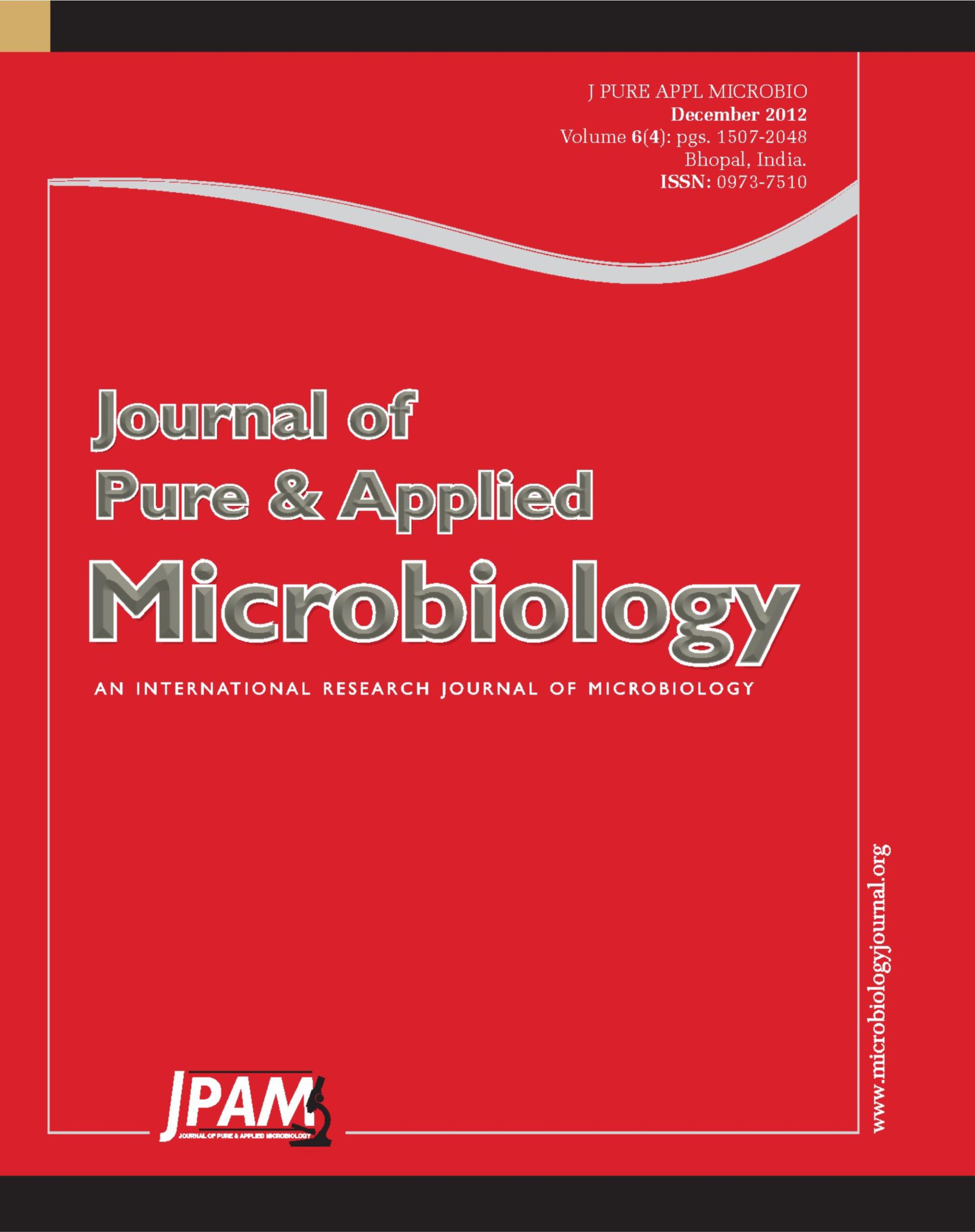In order to calculate the level of sporulation by aflatoxigenic Aspergillus flavus mold, 4 cultivars of popular pistachio of Khorasan-e-Razavi were selected and collected. Then for this research, an isolate of aflatoxigenic Aspergillus flavus separated from the pistachio was used. Initially, 60 grams of pistachio kernels in 3 consecutive 20-gram sampling were selected and placed on Petri-dishes separately. 1 ml of the spore suspension of aflatoxigenic Aspergillus flavus added to each Petri-dish (spore suspension adjusted to contain of 2 × 106 spore/ml). The plates placed over water in plastic boxes and then placed inside an incubator at 26 degrees centigrade. After 5 and 8 days of inoculation, growth rate and colonization of A. flavus on pistachio kernels measured in different cultivars. In order to calculate the level of sporulation, colonized pistachios of each Petri was mixed with 100 milliliter of sterile distilled water and were poured into an Erlenmeyer flask and were put on a shaker for 24 hours to ensure a thorough mixture of spores and water. In the next stage, the amount of spore in 100 milliliter of sterile distilled water was calculated by Hemacytometer and was reported as the amount of sporulation because of fugal growth in 20 grams of pistachio kernel in each Petri. The average difference in colonization levels of various cultivars of pistachio were analyzed statistically by the help of Duncan’s multiple range test. As it was expected, in cultivars where the fungus had a higher rate of growth, its rate of sporulation was higher as well. The results of the study demonstrated that among the examined cultivars, Daneshmandi had the highest level of sporulation and in contrast, Garmeh addressed the lowest level of sporulation. Undoubtedly, the most effective and useful approach to reduce the contamination level of the crop to A. flavus and aflatoxin is to select the most persistent ones to fungal growth and consequently the aflatoxin resulted by its growth.
Khorasan-e-Razavi Province, Aspergillus flavus, sporulation, Pistachio and aflatoxin
© The Author(s) 2012. Open Access. This article is distributed under the terms of the Creative Commons Attribution 4.0 International License which permits unrestricted use, sharing, distribution, and reproduction in any medium, provided you give appropriate credit to the original author(s) and the source, provide a link to the Creative Commons license, and indicate if changes were made.


